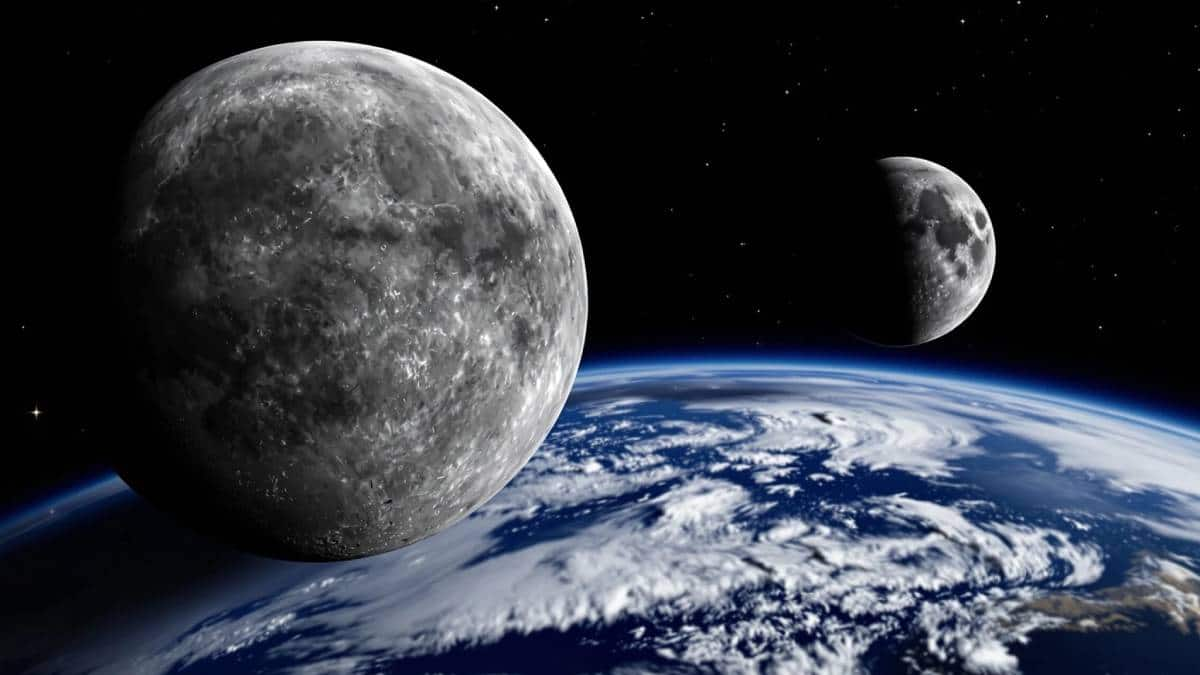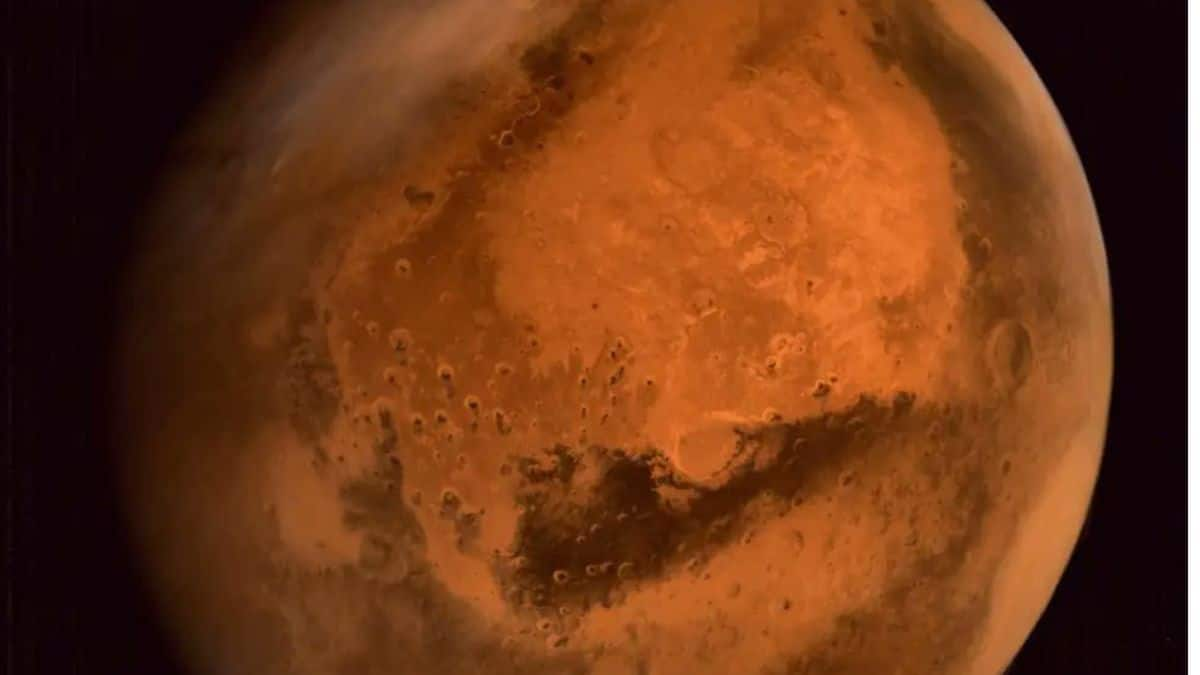आज की खबर: ‘Take A Vacation Before October 29’: Harvard Scientist’s Warning Linked To Mysterious Interstellar Object 3I/ATLAS

Turns out, Earth isn’t a one-moon kind of planet after all, at least not for the next few decades. NASA has confirmed that a pint-sized asteroid, officially tagged 2025 PN7, has been quietly orbiting the Sun alongside us. Spotted first by the University of Hawaii, this cosmic hitchhiker has earned the title of a “quasi-moon”, a term used for celestial bodies that share a similar orbit with Earth without being gravitationally bound to it. It’s no second Moon, more like that polite space neighbour who jogs beside you on the cosmic track, matching your pace but keeping a respectful distance. Measuring somewhere between 18 to 36 meters wide, this rocky speck may not be a heavyweight, but it’s making quite an impression in the solar system’s social circle. Well, it’s official — NASA says Earth now has two moons (sort of). Officially, it’s a quasi-moon, a small asteroid called 2025 PN7 that’s been orbiting in sync with us for years. One Moon was special enough — but two? That’s something to smile about. pic.twitter.com/X8YWMoVb7o — Dr. Buzz Aldrin (@TheRealBuzz) October 23, 2025 Not Locked, Just Loitering Here’s the fun part: 2025 PN7 isn’t actually orbiting Earth. It’s more of a celestial companion, moving in sync with our planet’s path around the Sun. Scientists describe it as “a friendly runner matching your stride on the same track close enough to notice, but never touching.” According to NASA’s models, this little rock has been hanging around for nearly 60 years, like an uninvited but harmless plus-one to our solar party. If all goes well (and physics behaves), it’ll stick around until 2083 before gracefully drifting away into deeper space. At its closest, 2025 PN7 comes within 4 million kilometres, roughly ten times farther than our actual Moon, and can swing out as far as 17 million kilometres when tugged by the gravitational pull of the Sun and nearby planets. The Accidental Discovery That Stole the Show The asteroid was first detected earlier this year during a routine telescope survey by the University of Hawaii. Initially just a faint dot on the astronomers’ screens, it soon revealed its synchronised dance with Earth. After weeks of verification and orbital analysis, NASA confirmed our planet had gained a temporary travel companion. And yes, that means technically we have two moons right now, though one of them prefers the long-distance arrangement. Why Scientists Are Excited To date, astronomers have identified only eight known quasi-moons, which makes each one a big deal for space science. These tag-along travellers help researchers fine-tune orbital models, understand Earth’s gravitational influence, and even plan potential future missions. Because of their relatively stable paths and proximity, quasi-moons like 2025 PN7 are seen as accessible testing grounds, ideal for experimenting with spacecraft manoeuvres or asteroid exploration techniques. So while it might not be the romantic lunar twin Earth always dreamed of, 2025 PN7 is proof that even in the vast emptiness of space, we’ve still got company, at least till 2083.
पूरा पढ़ें



